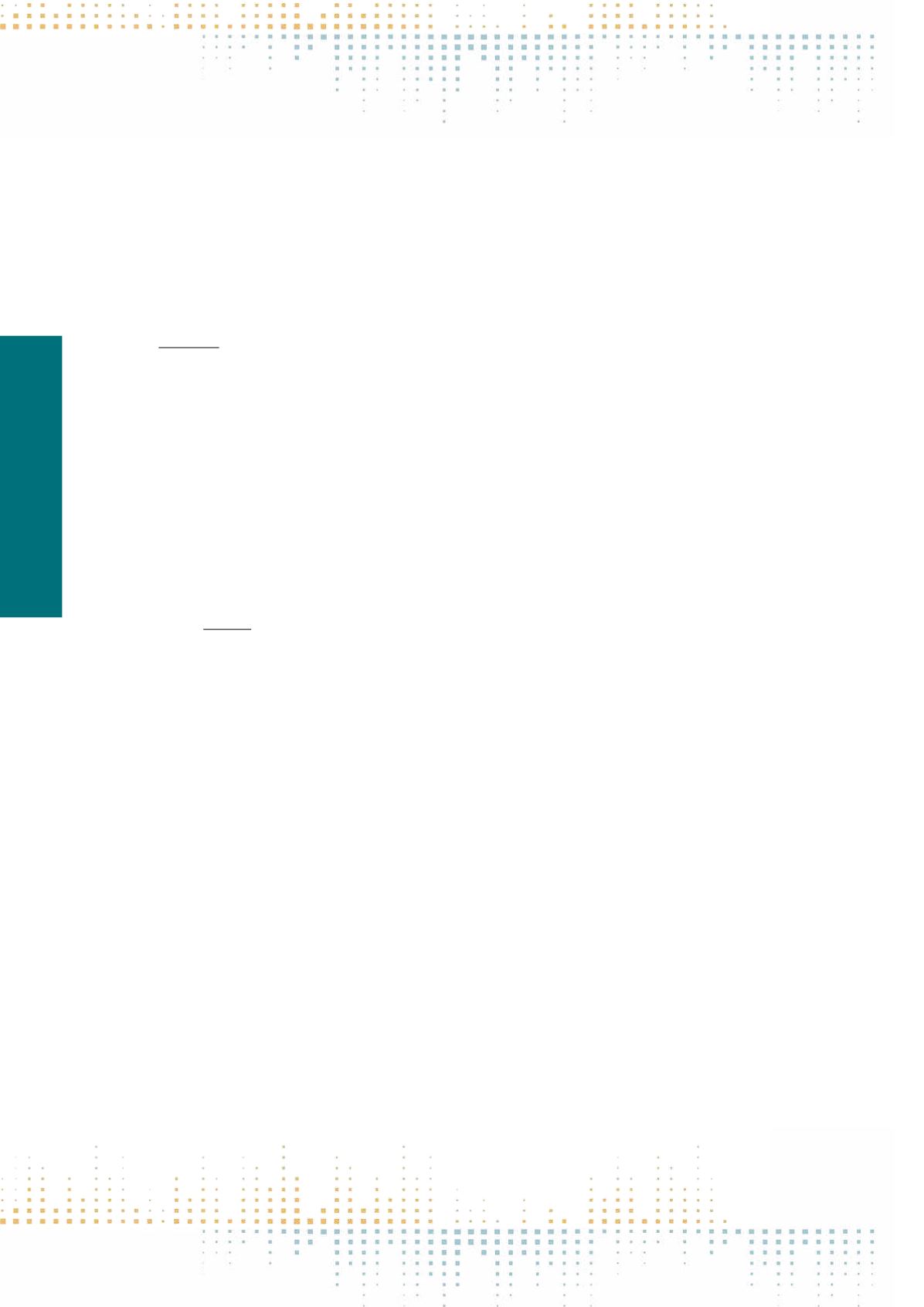

462
Friday, November 11
1 6 : 0 0 – 1 7 : 3 0
in which citizens perceive of and orient to the public world in a media landscape of intersecting media technologies and affordances. The paper will be
empirically centred on the question: To what degree are digital media perceived and employed as tools for i) finding/disseminating information related
to social and political issues for (ii) building civic connections and collective identities, for (iii) pursuing activities related to civic causes and intervening in
public debates? How are the respective perceptions, skills and activities distributed across different categories of people in the two countries? Both Bulgaria
and Estonia belong to the category of ‘new European democracies’. However, they exhibit quite different media landscapes, especially when it comes to
the penetration of online media. The combined possibilities for broadcasting, narrowcasting and interactivity that the two national media landscapes offer
individuals introduce some important new angles of connecting and acting as citizens, collectives and publics. While our results do not present us with any
dramatic and wide-ranging social transformation, they point to some potentially significant differences in the phenomenological constitution of the public
world – especially in relation to different ‘depths’of mediatisation in the two national settings.
PN 206
Difference and Deep Mediatization
S. Waisboard
1
1
George Washington University, Washington, USA
The literature has often missed the analysis of the normative dimension of mediatization. What are the consequences of deep mediatization for confronting
central challenges of our time - intolerance, violence, poverty, and social exclusion? Does it help to address long-standing problems? Does it worsen some
aspects? This absence is the result of an analytical focus put primarily on understanding the multiples causes and dimensions of mediatization as well as its
sociological significance rather than the consequences of media logics and affordances for addressing social problems. In this paper, I discuss ways of think‑
ing about the relation between difference and the digital connectivities that shape deep mediatization with the hope of foregrounding normative questions
in the debate about mediatization. Social connectivity per se is not a problem. The ‘networks of identity’- seem to be in better shape than ‘networks of dif‑
ference’. Instead, the cultivation of social bonds among diverse communities remains a critical challenge, notwithstanding the weaving of digital media
into the fabric of everyday life. Several studies demonstrate that digital connectivity does not seem to have significantly helped to reconnect social divides,
and that, in some cases, it has worsened homophilic networks of communication and media. This is troubling considering that public life demands forms
of connectivity that stimulate the communication of identity and difference. Because difference and heterogeneity are both elements of contemporary
social life, cultivating communication in difference is crucial for a more humane and civil world.
PN 207
The Mediated Construction of Reality
A. Hepp
1
, N. Couldry
2
1
University of Bremen, ZeMKI, Bremen, Germany
2
LSE, London, United Kingdom
It is 50 years since Berger and Luckmann published ‘The Social Construction of Reality’, the high-water mark of social constructionism. Although their book
was much more critical than subsequent debate acknowledged, a great problem for using it now is that it hardly referred to media. In this, it neglected
the attention to the role of media in reconfiguring social life that had already been noticed by Berger and Luckmann’s teacher, Alfred Schutz. What would
a media sociology look like that went back to Schutz’work, and rethought the project of understanding how social reality is constructed with full attention
not only to media, but to the particular digital media infrastructure of deep mediatization? The result, we argue, would be a materialist phenomenology
of the social world, and how media (including today’s information and data infrastructures) are configured to construct ‘reality’ in quite particular ways. To
outline such an approach, we first revisit the original writings of Berger and Luckmann from Schutz’point of view, arguing that they offer an incomplete ba‑
sis for a contemporary media sociology since, first, they do not reflect how communication changes when it becomes mediatized, and second, they cannot
anticipate about the forms of contemporary social knowledge driven by datafication. This critique brings us to a reformulation of Berger and Luckmann’s
original idea from the perspective of Norbert Elias’idea of figurations: we can understand the contemporary social world as comprised of various linked fig‑
urations that humans form on the basis of distinctive ensembles of media technologies and media habits. These can be the figurations of particular groups
or communities, or the figurations constituted around certain digital platforms. While media technologies gain huge importance in the figurations from
which life is constructed, it is still human practices of sense-making that keep them together. To grasp this, we argue, media sociology in the age of deep
mediatization needs to have a continued interest in interpreting the social world, that is, in social hermeneutics. A sociology that lacks this interest will miss
the transformations and tensions to which our entanglements with media technologies today give rise.



















